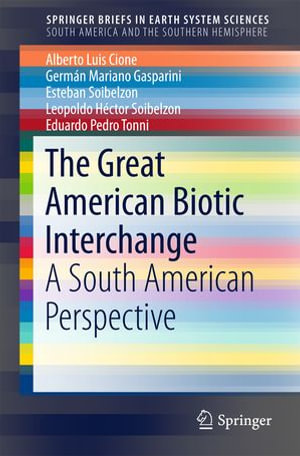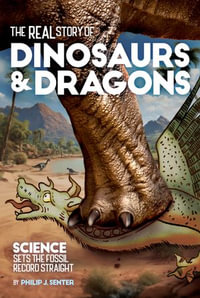
The Great American Biotic Interchange
A South American Perspective
By: Alberto Luis Cione, Germán Mariano Gasparini, Esteban Soibelzon, Leopoldo Héctor Soibelzon, Eduardo
eText | 24 April 2015
At a Glance
eText
$89.99
or
Instant online reading in your Booktopia eTextbook Library *
Read online on
Desktop
Tablet
Mobile
Not downloadable to your eReader or an app
Why choose an eTextbook?
Instant Access *
Purchase and read your book immediately
Read Aloud
Listen and follow along as Bookshelf reads to you
Study Tools
Built-in study tools like highlights and more
* eTextbooks are not downloadable to your eReader or an app and can be accessed via web browsers only. You must be connected to the internet and have no technical issues with your device or browser that could prevent the eTextbook from operating.
ISBN: 9789401797924
ISBN-10: 9401797927
Series: SpringerBriefs in Earth System Sciences
Published: 24th April 2015
Format: PDF
Language: English
Audience: General Adult
Publisher: Springer Nature
Country of Publication: US
You Can Find This eBook In
This product is categorised by
- Non-FictionEarth Sciences, Geography, Environment, PlanningEarth SciencesPalaeontology
- Non-FictionEarth Sciences, Geography, Environment, PlanningGeographyBiogeography
- Non-FictionEarth Sciences, Geography, Environment, PlanningEarth SciencesGeology & The LithosphereHistorical Geology
- Non-FictionScienceBiology, Life Sciences
- Non-FictionEarth Sciences, Geography, Environment, PlanningEarth SciencesGeology & The Lithosphere
- Non-FictionEarth Sciences, Geography, Environment, PlanningEarth Sciences
























